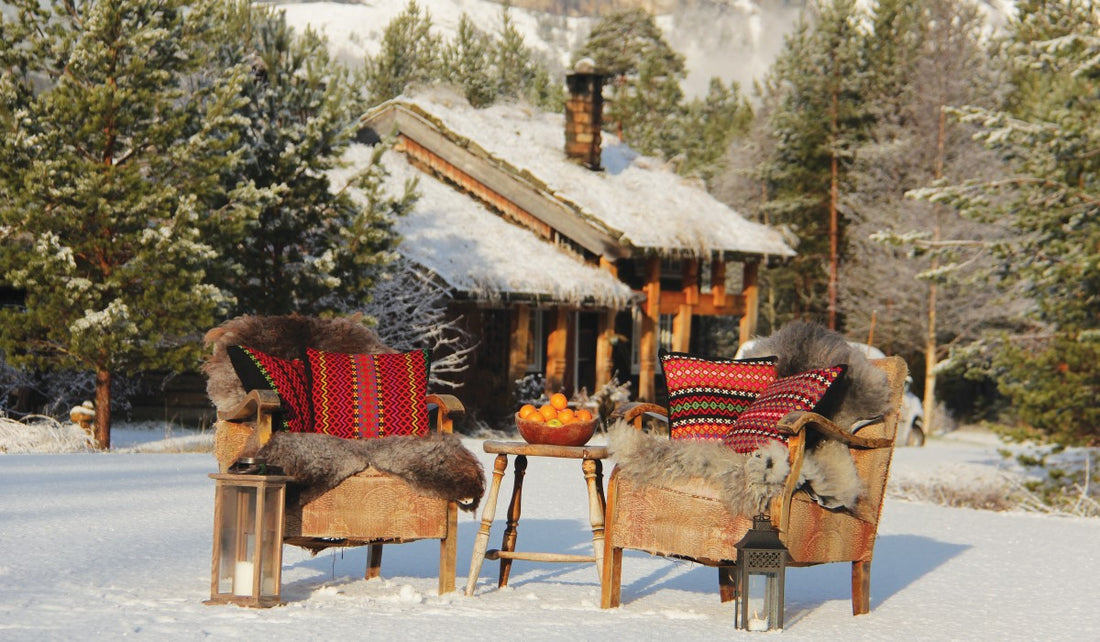
Norwegian Coverlets

All images: (c) Karin Bøe.
In our latest issue 96: Nordic, we look at textile traditions from the Nordic region. Robbie LaFleur introduces us to Norwegian customs and coverlets, as studied by weaver and teacher Karin Bøe. “If you look on the box-like wooden bedstead in a historical Norwegian home, you will see an important part of the country’s cultural heritage a woven coverlet, or åkle (pronounced ‘OH kleh’). It was most crucial as a warm woollen bedspread during cold, northern nights, but rich pattern and bright colour also made it the eye-catching focus of the room during the day. An åkle on a bed clearly displayed the skill of its weaver and the status of its owner. Some families could only afford one bedcovering; wealthier families might have special coverlets reserved for guests and holidays. Today, the graphic and colourful coverlets are more likely found on the walls of Norwegian homes.”

“Many coverlets were similar to those in other countries, particularly other Scandinavian countries, but regional variants in pattern and technique developed in the often-isolated areas of Norway. Preferences for design and techniques became part of local culture as they were passed down through generations of skilled weavers. The region of Setesdal, with its deep valley running north from the southern coast of Norway, was relatively isolated until modern times. Distinctive folk traditions in music, costume, craft, and dialect have been carried on with little change, and remain an important part of local culture. When Karin Bøe, a weaver and teacher, moved to Valle in the north of Setesdal in 1995, she was struck by the rich weaving tradition in the area. Weavers in communities within Setesdal even used distinctive language for weaving terms. For example, they didn’t use the general Norwegian word for coverlet, åkle. In northern Setesdal, they called a bed-coverlet a rugge; further south, they used the term brosse.”

“Bøe began her business, Valle Vev, creating traditional weavings, and launched a deep study into bed coverlets of the area, about which little had been written. Besides consulting written records, she registered 233 coverlets dating from 1870-1930. Some were privately owned and others were from museums. Many had bands of pattern in the Scandinavian boundweave techniques of rosengang (rosepath), krokbragd, or diamond twill. There were plain weave coverlets with bands of color and kjerringtenner, which translates as ‘old woman’s teeth’ (the English technique is known as pick-and-pick). Others, in geometric tapestry technique (rutevev, or in Setesdal, smøyg), featured patterns of stars and crosses. Equally important to her research, Bøe interviewed older weavers who grew up with traditional weaving and still practiced traditions handed down unbroken over generations. Her textile research morphed into a cultural history, pulled together by community members.”
Read the full article in Issue 96: Nordic which also includes sweater detective Annemor Sundbø, a celebration of wool and Nordic entrepreneurs embracing the circular economy with traditional skills.

2 comments
I love the woven work and am really interested in the background information
Could you tell me who made the pieces shown in this article, specifically the blue and red diamond and star motif one? Thank you.